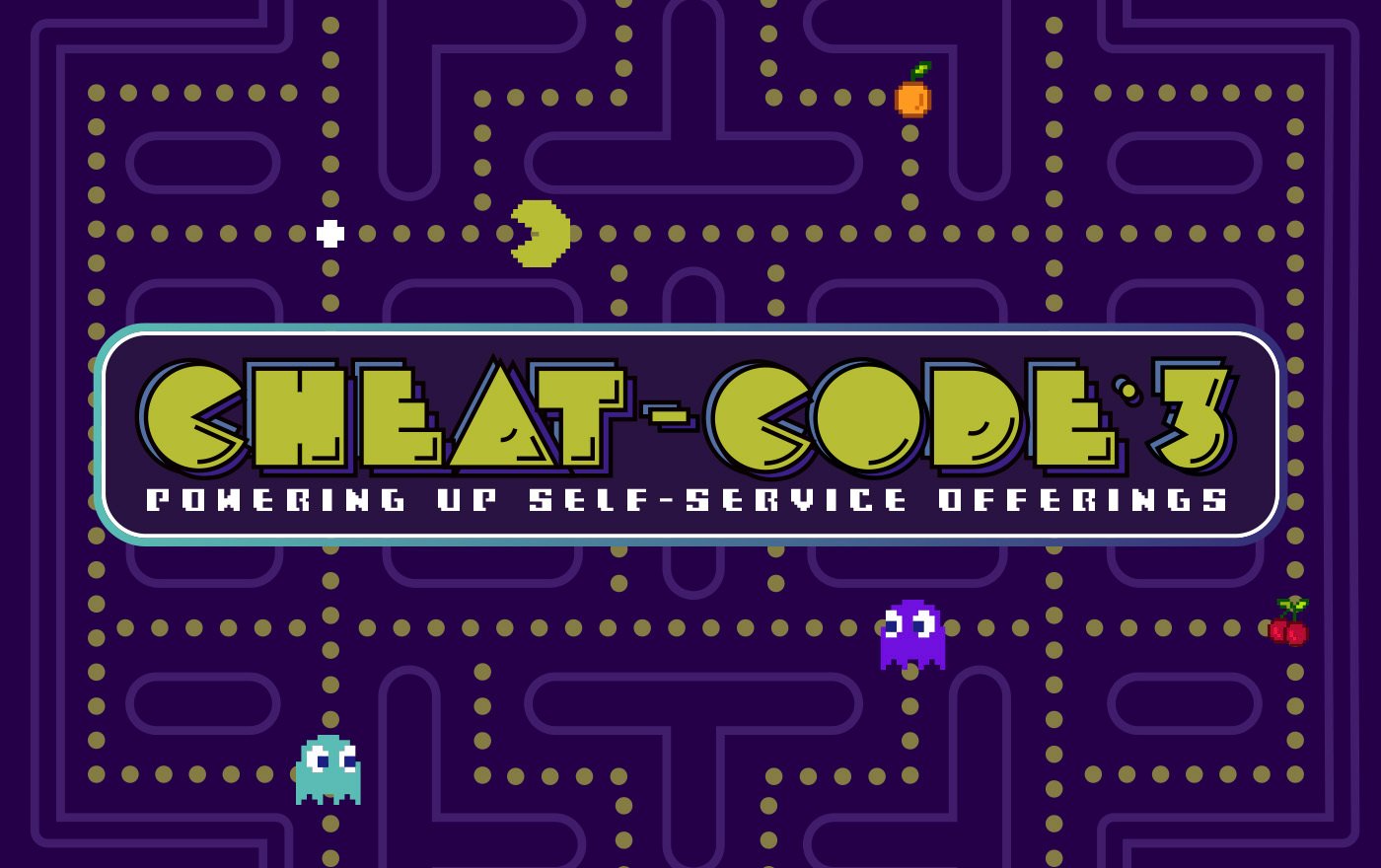Transactional autonomy has become an integral part of the customer journey over the last few years. Most consumers still use brick-and-mortar locations for more specialized and expert advisory services, but also expect self-service options to be available as well. Discover the short-term and longer-term methods to meet the demand for ever-improving self-service options & ensure the survival of your financial institution.
The Rapidly Growing Demand for Self-Service Transactions
Consumers enjoy instant access to knowledge and gratification. In fact, 81% of all customers attempt to take care of matters themselves before reaching out to a live representative. But not all FIs have taken the need for self-service options seriously. The competition is heating up and this is one of the fastest ways to differentiate yourself and better serve your clients.
FIs first offered ATMs to meet the growing demand for quick transactions. And with staffing and operating costs at an all-time high, it’s no surprise that 92% of financial institutions leverage self-service in their branches. When that wasn’t enough, digital banking solutions were the next step. Yet many of their online platforms are difficult to use and navigate, or cannot adequately address the concerns or needs of a client

Want to see more data in a infographic?
{{cta(’30f98ffa-eedf-4ab5-8456-e8816f25d331′)}}
Enter the mobile banking app, introduced by The Royal Bank of Scotland in 2011. This was a big step in the right direction for the banking industry as it enabled clients to check their balance at their convenience, timely mobile check deposits, and balance transfers. Then bill-pay came into play to boost consumer satisfaction with their financial institutions. But even with all of these service channels provided, banks are still not meeting consumer expectations. In 2022, 53% of businesses believe their customers are very satisfied with the available self-service options, while only 15% of consumers actually agree.
The #1 reason U.S clients switched banks during Covid-19 was a poorly-designed mobile platform. And 54% of people adopted banking services from non-traditional players because they are chasing faster service.
Self-service machines have been a key contributor to this shift in consumer habits and the self-service machine market is expected to reach a market cap of $2 billion by 2031, according to Allied Market Research. Not only is there room to grow in the industry, but there are also untapped capabilities from your current self-service kiosks, ATMs, & ITMs.
Strategies for Powering Up Your Service Offerings
What does the research say will be the best strategically differentiating and revenue-boosting path to take in 2023?
1) The quickest & simplest path to improve revenue figures is to cut inefficiencies within your primary sales channel, branch banking locations. And how is that considered easy? You will be astounded to see how integrating your hardware assets (like TCRs, self-service kiosks, ITMs, tablets, peripherals, and more) into your banking core through CFM can improve service offerings while cutting transaction and staffing costs. For instance, imagine what amounts you would save every year by cutting EOD balancing activities by 20 minutes across every employee and branch you oversee.
For banking executives looking to purchase new tech, 85% are either maintaining or increasing their technology budgets to keep making progress, and 60% have indicated that a sufficient banking core integrative machine was the most appealing feature.
“Making operations more efficient – and [simultaneously] more effective – by incorporating technology can help financial institutions ease the current labor gap significantly,” states John W. Smith, CEO of CFM. “If you can’t find people, then ‘hire’ integrated technology as your newest employee.”
2) Your next priority should be to upgrade your digital & mobile banking platforms and services to the next level. Some of the biggest complaints found among mobile banking clients included that mobile deposits remain prone to dysfunctionality, app navigation is not intuitive, and the app runs too slowly (especially in reference to real-time balance updates). Improving the current app experience is crucial to attracting and retaining clients. But also consider what opportunities can set you apart from the competition.
70% percent of consumers surveyed in an MX report expect their financial service providers to supply personalized notifications and insights. People check their financial accounts more frequently, with 68% of all consumers viewing or managing their accounts with a mobile app. Also, upwards of 72% of clients highly value the ability to connect their favorite fintech apps to their bank or credit union’s app.
In the long run, digital can become a much more effective sales tool. With Google searches, abundant choices in fintech and banking apps, and consumers acclimated to instant gratification, banks and credit unions must really bring their A-game to the digital space. Now, this takes more time to develop, test, and perfect, but this is the direction that banking is heading toward over the following decades.
In Conclusion
After integrating your hardware within branches, prioritize developing a more powerful and intuitive banking app. Improve your online banking offerings with website content to answer any question and access to more services like setting up an account. Create self-service options within your website and educate staff and clients on how to use new features and capabilities.
Download the infographic with even more data! Just fill out the form below.
